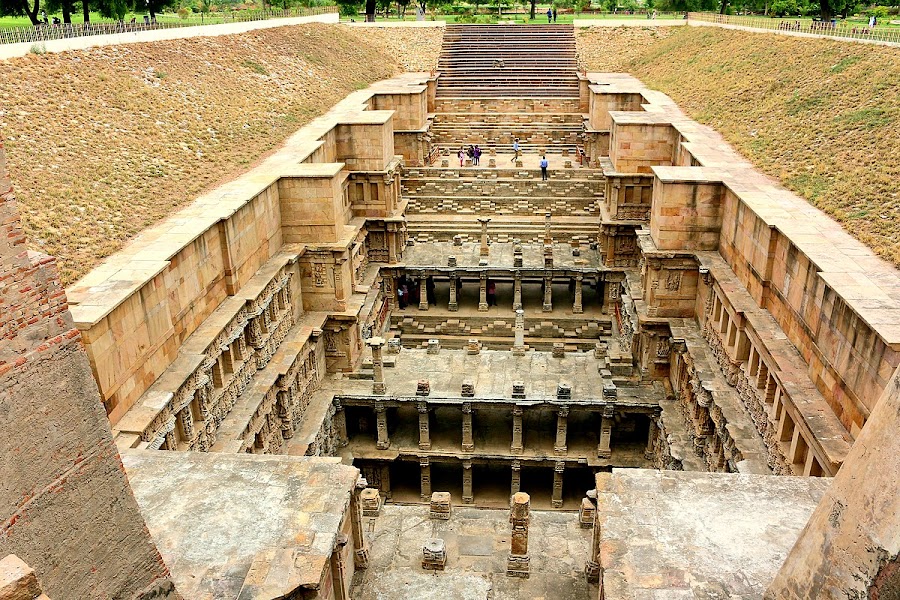
Rani Ki Vav
Ahmedabad, India
- Descend the seven levels of the stepwell
- Explore the intricate carvings and sculptures
- Learn about the Solanki dynasty's history
- Take photos of the architectural marvel
Known for:
Description:
Rani Ki Vav, a UNESCO World Heritage Site, is an intricately constructed stepwell located in Patan, Gujarat, not Ahmedabad as specified. However, it's a popular day trip from Ahmedabad. This magnificent structure is a testament to ancient Indian water architecture. Descending seven levels deep, the stepwell showcases stunning sculptures of deities, celestial beings, and everyday life, carved into the walls. The sheer scale and artistic detail of Rani Ki Vav are breathtaking, offering visitors a glimpse into the Solanki dynasty's architectural prowess and their sophisticated water management systems. The stepwell is not just a source of water but also a spiritual and community space, reflecting the cultural significance of water in ancient India.
History:
Rani Ki Vav was commissioned by Queen Udayamati in memory of her husband, King Bhimdev I of the Solanki dynasty, around 1063 AD. It served not only as a source of water but also as a spiritual and community center. Over time, the Saraswati River flooded, burying the stepwell under layers of silt. It remained hidden for centuries until its rediscovery in the 1980s. The Archaeological Survey of India (ASI) undertook extensive restoration work, revealing the stepwell's original splendor and preserving its intricate carvings. Today, it stands as a remarkable example of subterranean architecture and a testament to the Solanki dynasty's artistic and engineering achievements.